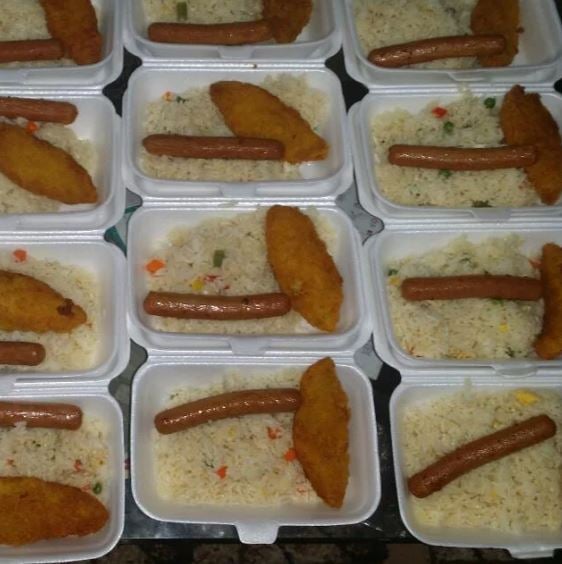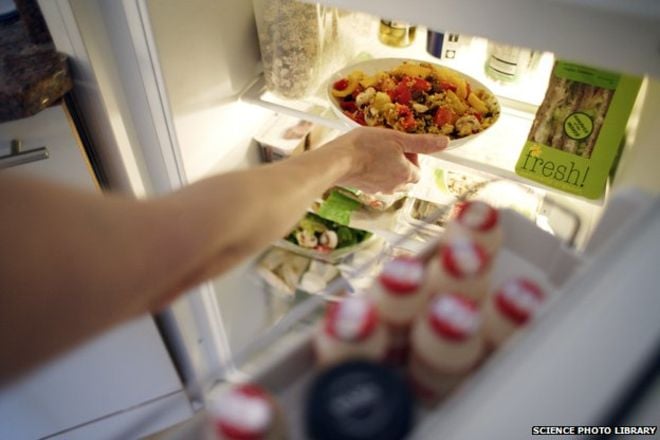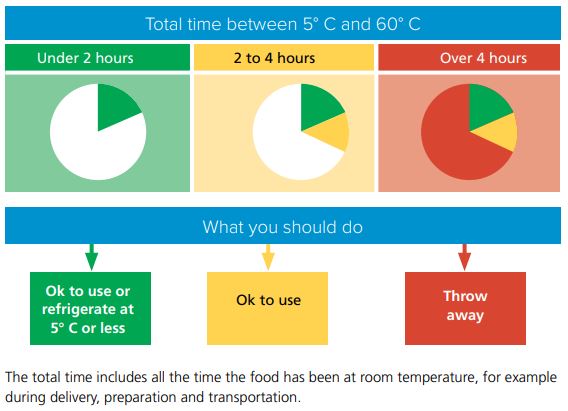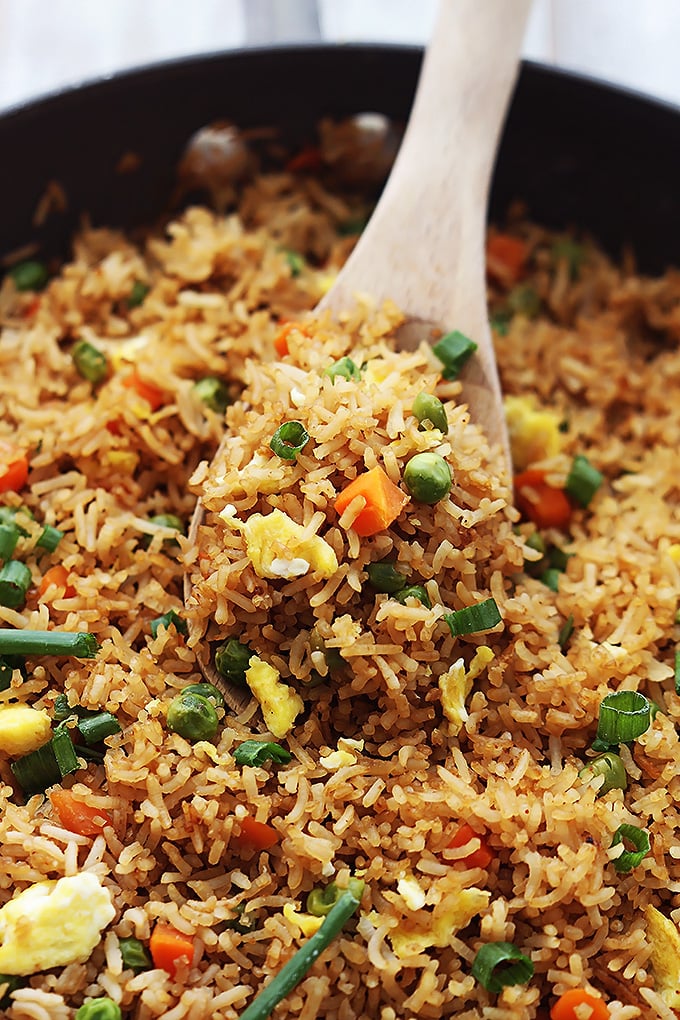Reheating Food After It’s Been Out For Hours, Doesn’t Make It Safer To Eat
A recent spate of food poisoning cases in Singapore, have families on high alert when it comes to reheating leftover or catered packet food.
To debunk the theory that leftovers are “safe to eat once they are heated”, once and for all, The Straits Times (ST) consulted with professors from Nanyang Technological University’s Food Science & Technology programme.
Here’s what you should try to practice at home, to minimise chances of bacteria multiplying in cooked food, especially in Singapore’s hot and humid climate.
Bacteria may multiply thanks to hot & humid weather
Some conditions allow bacteria to proliferate indiscriminately, like Singapore’s hot and humid climate.
 Heat-resistant Bacillus cereus
Heat-resistant Bacillus cereus
Source
Leaving cooked food exposed to the elements, may allow bacteria to “multiply” to significant levels that may pose a health risk to eaters with compromised immune systems.
This, in turn, raises the risks of acute ‘food poisoning’ symptoms, especially for older folk and children who consume it.
Taking leftover food out of the fridge
What about refrigerating leftover food, you may ask? According to ST, bacteria can multiply when exposed to temperatures from 5°C to 60°C.
When food is taken out of the fridge for an extended period of time, the dish may already contain “a lot of bacteria”.
Try practicing the 2 Hour/4 Hour rule, to make sure that cooked packets of food you eat, are safe for consumption.
Boiling point won’t kill all bacterial strains
Heating food to a “boiling point” – the boiling point of water is about 100°C – isn’t sufficient to kill all strains of bacteria, all the time.
Here are some reasons why:
- Temperature isn’t “high enough” to kill bacteria
- Some bacterial “toxins” are “heat-stable”
- Some bacteria “form spores” that can’t be destroyed by heat
Therefore, reheating leftover or catered packets of food that have been left out in the open for hours, may not be sufficient to insure your family from all possible risks.
Ministry of Health explains this in detail, in this canteen food poisoning incident back in Sep 2017, involving heat-resistant toxins from Bacillus cereus.
Cooking process introduces bacteria as well
For more complicated recipes, the person cooking would be “handling the food” directly — the frequent steps & utensils could introduce more bacteria into the mix.
Once the temperature from cooking cools, bacterial spores may begin to proliferate at more ideal conditions, and thus “overgrow” in the food while it’s left on the table.
Here are 2 simple steps to handle your leftovers to reduce these risks.
- Keep leftovers directly in the fridge.
- Heat leftovers to 100°C for a few minutes, before storage.
Consume refrigerated food within 48 hours
Do not practice the following if possible, to ensure that bacteria is given the least optimal conditions to multiply:
- Don’t store your rice/noodles from lunch at room temperature, before reheating for dinner.
- Try not to store & consume refrigerated food after 3 days.
Gravy with “high water content” and “rich nutrients” are a perfect medium for bacterial growth. “Moist, protein-rich foods” are also optimal fodder for bacteria to multiply at room temperature.
Chilling your leftovers only helps to slow the growth of bacteria, as it doesn’t kill the colonies entirely. Best to consume your leftovers within 48 hours of storing them, just to be safe.
People at risk of food poisoning should take note too
Young kids, pregnant mums and elderly members of the household are at risk of food poisoning cases the most, as they have a higher chance of having their immune systems compromised by bacterial overgrowth.
Do be cautious about serving these food in your household, without properly heating them:
• Raw red meats & chicken
• Sashimi or shellfish
• Raw eggs
• Raw sprouts (alfalfa, bean sprouts)
• Unpasteurised milk & juice
• Frozen hot dogs
• Luncheon meat straight from the can
Practice safe reheating & storage of leftovers
Hopefully, these tips for storage and reheating of leftovers will help protect your loved ones from the risks of bacterial overgrowth in their food.
If you do experience signs of “food poisoning”, like diarrhoea, vomitting or nausea symptoms, please seek medical attention immediately.
Featured image adapted from Le Creme Dela Crumb and BBC via The Science Library.













